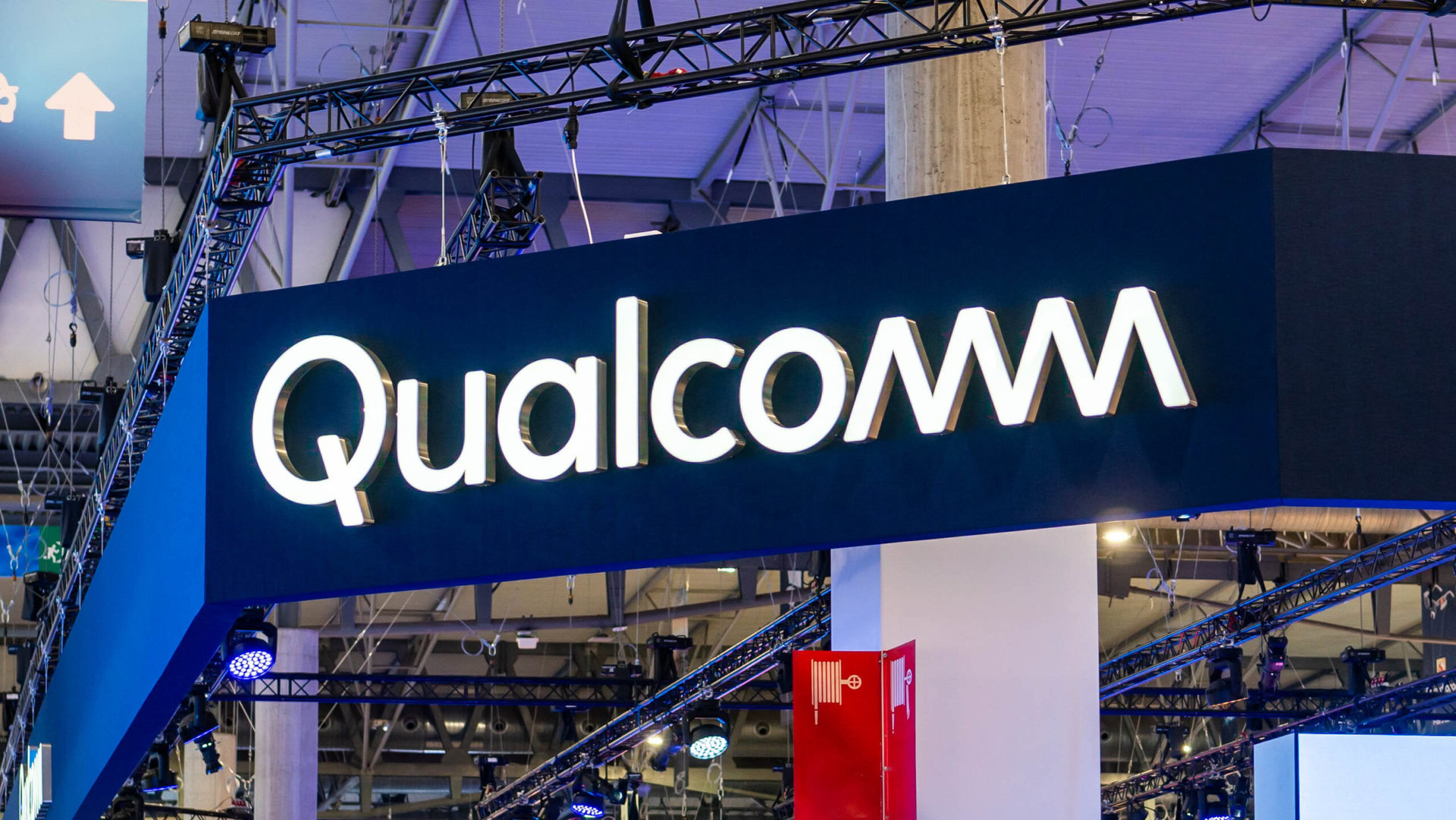
Blockchain technology has gained widespread recognition as the underlying framework for cryptocurrencies like Bitcoin and Ethereum. However, its potential extends far beyond digital currencies. This blog explores how blockchain technology is revolutionizing various industries, offering unparalleled security, transparency, and efficiency.
What is Blockchain Technology?
Blockchain technology is a decentralized digital ledger that records transactions across multiple computers. This ensures that the record cannot be altered retroactively without altering all subsequent blocks and the consensus of the network. This decentralized nature provides a high level of security and transparency, making it an attractive solution for various applications beyond cryptocurrency.
Key Features of Blockchain Technology
- Decentralization: Unlike traditional centralized systems, blockchain operates on a peer-to-peer network. This eliminates the need for a central authority, reducing the risk of fraud and corruption.
- Immutability: Once data is recorded on the blockchain, it cannot be altered. This immutability ensures data integrity and trustworthiness.
- Transparency: All transactions on a blockchain are visible to all participants. This transparency builds trust among users and stakeholders.
- Security: Blockchain uses advanced cryptographic techniques to secure data, making it highly resistant to hacking and cyberattacks.
Applications of Blockchain Technology Beyond Cryptocurrency

1. Supply Chain Management
Blockchain technology can revolutionize supply chain management by providing a transparent and immutable record of the entire supply chain process. This ensures the authenticity of products, reduces fraud, and enhances traceability. For example, companies like IBM and Walmart are using blockchain to track food products from farm to table, ensuring food safety and reducing waste.
2. Healthcare
In the healthcare sector, blockchain can improve the management of patient records. It ensures that medical records are secure, accurate, and accessible only to authorized personnel. This enhances patient privacy and streamlines the sharing of medical information among healthcare providers. Projects like MedRec and Guardtime are pioneering blockchain solutions for healthcare.
3. Voting Systems
Blockchain technology offers a promising solution for secure and transparent voting systems. By recording votes on a blockchain, the integrity of the electoral process can be maintained, reducing the risk of tampering and fraud. Countries like Estonia are exploring blockchain-based voting systems to enhance the security and transparency of their elections.
4. Real Estate
Blockchain can simplify the process of buying, selling, and managing real estate by providing a transparent and immutable record of property ownership and transactions. This reduces the risk of fraud, speeds up the transaction process, and lowers costs. Platforms
Is blockchain is secure?
Yes, blockchain technology is generally considered secure due to its unique features and design principles. However, its security depends on several factors, including the implementation, consensus mechanism, and network size. Here’s a detailed look at the aspects that contribute to blockchain’s security:
Key Security Features of Blockchain
- Decentralization
- Reduced Single Point of Failure: In a decentralized network, data is stored across multiple nodes, reducing the risk of a single point of failure.
- Consensus Mechanisms: Various consensus algorithms (e.g., Proof of Work, Proof of Stake) ensure that no single entity can control the network, making it more secure against attacks.
- Cryptographic Security
- Hash Functions: Blockchain uses cryptographic hash functions to secure data. Each block contains a hash of the previous block, creating a chain that is hard to alter.
- Digital Signatures: Transactions are signed using private keys, ensuring authenticity and integrity.
- Immutability
- Immutable Ledger: Once data is recorded on the blockchain, it is extremely difficult to alter. This immutability prevents tampering and fraud.
- Auditability: The transparent nature of blockchain allows for easy auditing and verification of transactions.
- Consensus Mechanisms
- Proof of Work (PoW): Requires significant computational effort to add new blocks, making it costly and difficult to attack the network.
- Proof of Stake (PoS): Validators are chosen based on the number of coins they hold and are willing to “stake” as collateral, reducing the incentive for malicious behavior.
Potential Security Risks
Despite its robust security features, blockchain technology is not immune to risks:
- 51% Attacks
- If a single entity controls more than 50% of the network’s hashing power (in PoW) or staked coins (in PoS), they could potentially alter the blockchain. This is more of a risk for smaller, less established blockchains.
- Smart Contract Vulnerabilities
- Bugs and vulnerabilities in smart contracts can be exploited, leading to significant losses. Proper code auditing and testing are essential to mitigate this risk.
- Private Key Management
- Security of blockchain transactions relies on private keys. If a private key is lost or stolen, the associated assets cannot be recovered.
- Sybil Attacks
- Attackers create multiple fake identities to gain a disproportionate influence on the network. Decentralized networks must implement robust mechanisms to prevent such attacks.
Best Practices for Enhancing Blockchain Security
- Regular Audits
- Conduct regular security audits of the blockchain network and smart contracts to identify and fix vulnerabilities.
- Strong Consensus Mechanisms
- Use robust and well-tested consensus mechanisms to protect against attacks and ensure network security.
- Education and Awareness
- Educate users about the importance of securing their private keys and recognizing potential threats.
- Decentralization
- Maintain a high level of decentralization to reduce the risk of centralization-related attacks.


